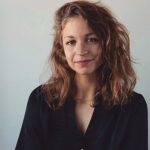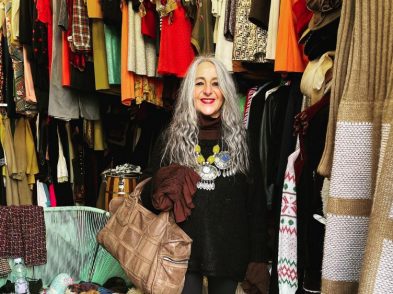The cultural climate of the 15th century provided fertile ground for artists to get commissions and sell their artworks. Still today, Florence attracts creatives from all over the world, but how prolific is the contemporary scene for emerging artists? The Florentine interviewed four international artists to ask about their working lives in the Renaissance capital.
Learn it, do it, teach it: Philip Hedgecock
After 15 years as a film editor in the UK, Philip Hedgecock decided to change career altogether. The Queen Elizabeth Scholarship Trust (QEST) made it possible for Philip to pursue his dream and become a classical sculptor in Florence.
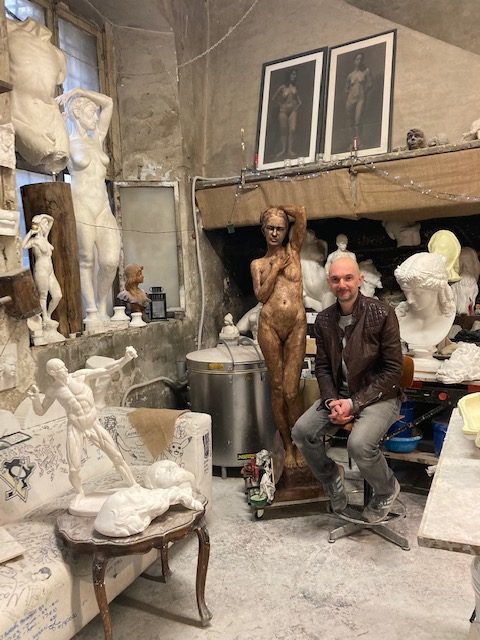
Philip studied at The Florence Academy of Art, from which he graduated last December, specializing in representational figures and portraits. While posing with his life-size sculpture Gaia, the artist explains how much he enjoys being in the co-working studio in via dei Conti. The constant influx of artists, models, students and clients makes it the perfect workspace for Philip to develop his career. The academy often invited graduates to give presentations, which helped Philip to prepare for his post-academy work life. He learned about the importance of designing his own website, how to price his oeuvre and the benefit of working with editions instead of lone works. Having experienced the supervision of talented and inspiring teachers, Philip envisioned becoming a teacher himself one day. In fact, immediately after graduating, he started to work as a private sculpture teacher: “Learn it, do it, teach it” has become his credo. Tutoring doesn’t just provide him with a basic income; it also benefits his own artistic practice. While teaching his students, he applies his own critique to his own work. He also supplements his income by making moulds for his colleagues. As long as his side jobs benefit his career as a sculptor, he’s more than pleased to do it.
The real world: Victoria DeBlassie + Robert Minervini
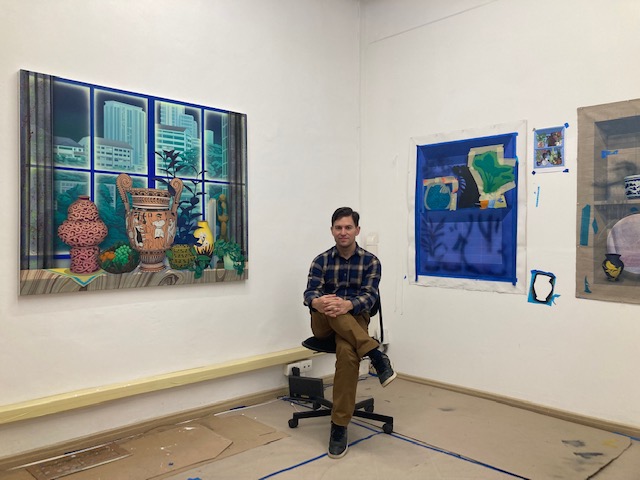
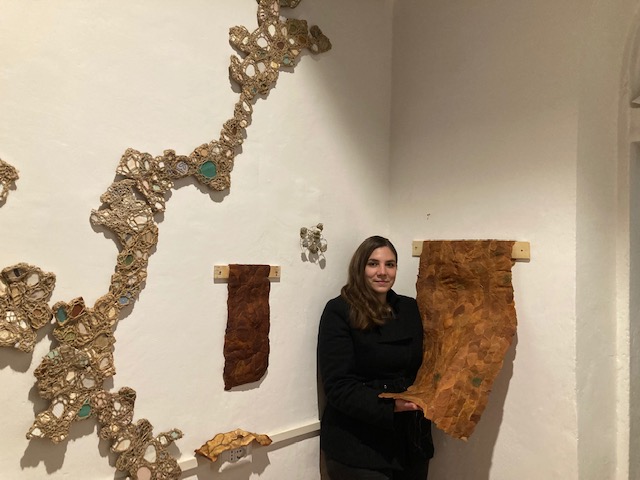
On a rainy Wednesday morning, American artist Victoria DeBlassie opens the door of her shared studio in via Santa Reparata. A course called ‘The Real World’ at the California College of the Arts prepared Victoria for her post-academy life. She shared her knowledge of grant writing with the class when she was a runner-up for a Fulbright grant, which she eventually earned, making it possible for her to move to Florence and pursue her artistic research about the cultural significance of citrus in Italy. Victoria describes herself as an “ethnoarchaeologist” as she re-contextualizes discarded objects and materials, such as orange peel, wooden and plastic crates, and newspapers. At first, the researcher was sceptical about the reception of her abstract installations in Florence, but for a few years now, she has seen that the local art scene has been willing to pave the way for her experimental output. In the last decade, she has participated in numerous artists in residence programs in Europe, which have enabled her to develop her artistic practice as well as guaranteeing financial stability. In 2016, she exhibited a plastic crate installation at Giardino Buonamici in Prato and she was invited to take part in a group show at Florence’s Biagiotti Progetto Arte, which led to showing her work at various urban exhibition spaces, such as Villa Romana and Le Murate Art District.
The artist shares her studio with the American artist Robert Minervini, who arrived in Florence last summer to kickstart his career in Italy. He aspires to find new connections with collectors and gallery owners to broaden his international career. It hasn’t been easy, however, as he found it challenging to locate an art studio. Although he could afford the rent by showing his income statement, landlords were averse to renting to an artist. Luckily, he found the right space that he and Victoria can now share together.
No end in perfection: Valeria Popova
There are no empty walls in Latvian artist Valeria Popova’s house. She graduated in art and restoration at the international St. Petersburg Art Academy in Florence in May last year.
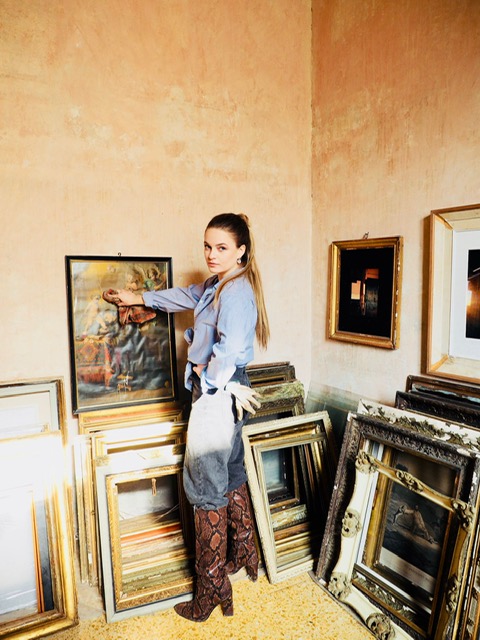
Although Valeria aspires to have her own studio one day, at the moment her apartment functions as a studio, exhibition space and living space all in one. “It will take a few more years before you can call yourself an artist, because there is no end in perfection,” her professor said to her, so she started to organize sketching sessions with her fellow graduates to develop her artistic style. In her current work, feminine silhouettes and costumes assist themes such as ethnicity, mentality and philosophy. According to Valeria, the infrastructure for emerging artists in Florence is difficult and the academy did not provide her with all the right tools to compete on the city’s art scene. She started marketing herself immediately after graduating without really knowing what to do. One of the difficulties she’s facing is the marketing communication language as she struggles to come up with the right descriptions of her work for art fair and contest applications. Valeria just started an art marketing course, but she would have preferred to invest her time and money differently. Other than online networking, she realized that offline networking is equally important: in-person events have allowed her to meet prospective commissioners and collectors. Valeria once participated in the Santa Croce painting contest for a Florentine calendar and one of the visitors commissioned a portrait. Although she cannot financially get by on her art yet, Valeria is only willing to accept side jobs that are related to art. She works as a part-time restorer to pay the bills.

